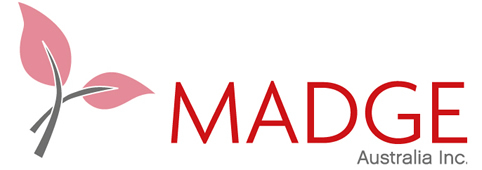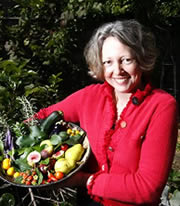Whats in the Anglo-Saxon drinking water? And how might it concern India?
Is it just a coincidence that the three Anglo Saxon nations that stole continents from local inhabitants and acquired vast stretches of land for pillage, are the very ones that have the highest acceptable limits for glyphosate in drinking water – namely USA, Canada and Australia?
And now that I am visiting India, and some folks are asking about it, could there be a link between glyphosate in the Anglo-Saxon world and mass poisoning in India through imported lentils and chickpea?
Well, let’s start with this Anglo-Saxon drinking water first. The difference in the maximum allowable limit between these countries and Europe is not marginal, but an order of dimension higher.
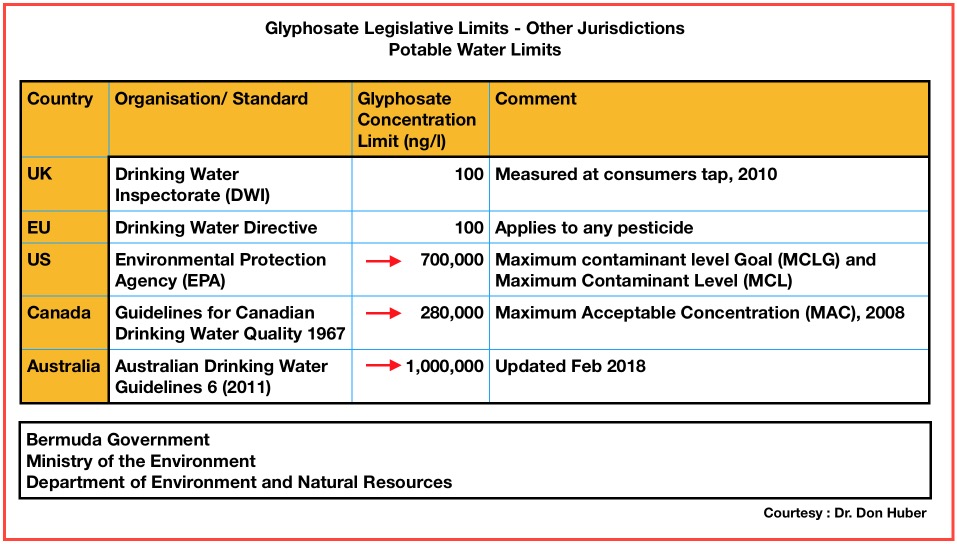
Anyhow, how did I come across this data, and why do I consider this to be relevant from my point of view, now that I am visiting India ?
Well, the data was apparently compiled by the Government of Bermuda. I got it from the US scientist Dr. Don Huber, who passed me his powerpoint presentation with a few slides, to do with glyphosate. He did it in case I wish to use any of it in my talks in India.
Well, India is not in the above chart. However, I suspect that a billion and more folks here are getting mass poisoned in slow motion, through imported pulses grown in two of the countries in this chart – namely Canada and Australia. I have been involved in getting the Canadian government to test large samples of food, locally grown and imported, for glyphosate, and then to give me copies of the results. Canada became the first, and so far the only country on earth to have conducted such wide ranging tests of thousands and thousands of food samples from over sixty countries, for presence of glyphosate, and I had much to do with getting the Canadian Govt to start testing these food samples. Subsequently I became the only person, outside of the Canadian government, to have legal access to all these test results. That is how I came to know that Canada and USA produce the most toxic of all foods when it comes to glyphosate contamination, and in seed based foods. And that is how the reference book – POISON FOODS OF NORTH AMERICA, got to be written, and used by scientists and research scholars that suspected but did not have the proof, that North Americans were getting mass poisoned from glyphosate through local foods. But what is the relevance for India, apart from a dangerous hankering to copy and emulate the American lifestyle, including eating industry processed junk food that are so laced with glyphosate?
The link, I suspect, has to do with pulses – specifically lentils and chickpea that India is unable to produce enough to meet internal demand, and consequently importing huge quantities, from countries that specialize in producing toxic foods, such as those in the above table.
North America and Australia does not have lentils in their diet and no past history of growing them. But now, these countries, with access to seemingly endless stretches of agricultural land, have gotten to plant huge fields for growing these crops, for the specific purpose of exporting to India. The impression given to the importers, I suppose, is that these crops are grown in more scientific and modern ways than what India herself grows in house, and therefore should be considered as superior to Indian counterparts. I would not be surprised if educated Indians, especially those that are culturally addicted by the western mirage, to take this as gospel. If it comes from the west, it must be superior.
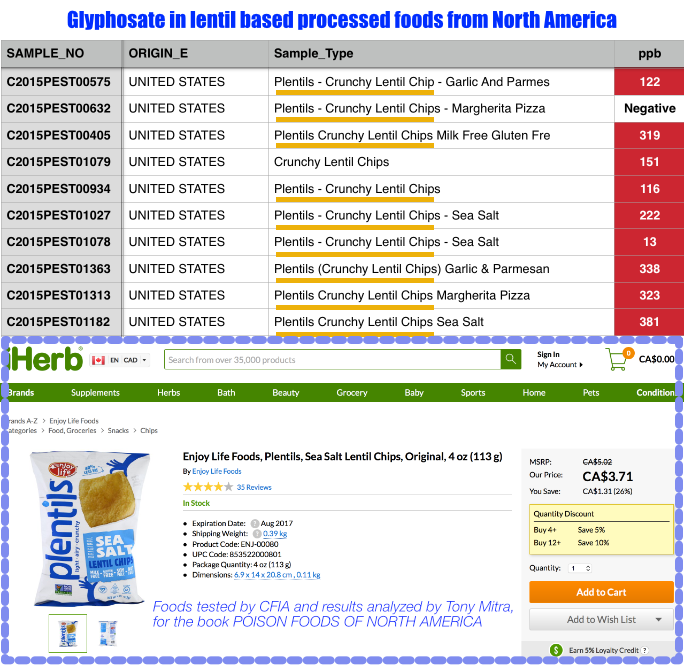
If it is processed food from North America, if it contains industrially grown seed based foods, especially lentils and chickpea or mainstream cereals, expect to have glyphosate in it. This is from the test results by Canadian Food Inspection Agency, where Tony Mitra was involved in getting the Canadian Govt. to test these foods, and then to give him the all the results of multiple thousands of tests..
But back to glyphosate in drinking water, for USA, Canada and Australia. Whats the story here? Why are the limits so high compared to Europe?
I believe the maximum allowable limit of glyphosate in drinking water is so high in these countries because the existing levels have already gone high. Therefore, the governments I believe have continued to raise the bar, making these higher levels “acceptable”. This is what happens. When levels of toxic substances go up, these governments do not declare the food, or the water, to be unsafe. Instead, they raise the bar so from that point, higher levels of toxins are still considered safe.
Drinking water is not the only item where MRL (maximum residue limit) has been raised and raised again for glyphosate over the years, without providing any proof whatsoever, that these heightened levels, or even the original lower levels of glyphosate contamination, was safe for humans or animals.
My biggest gripe is that the government never provides direct proof with raw data, that such high levels of glyphosate are absolutely safe for animals eating or drinking them on a regular basis. And this makes approval of glyphosate illegal, in all countries. It is a fundamental right of the people to be able to verify safety of toxins and biocides (e.g. weed killers that are approved by the government). And yet, the governments of the entire world has kept this data hidden, while allowing glyphosate to become far and away the most used herbicide on earth. Talk about failure of democracy.
The relevance and link between toxicity in drinking water, and crops grown comes indirectly. What is happening to their drinking water, is not by accident, nor by act of God. High levels of glyphosate is being used in agriculture. That is how lentils and chickpea get so much glyphosate in them. Then, what does not get into the crops, gets into the agricultural runoff, into streams, lakes, and ground water. Eventually it gets into the drinking water.
Another country that is not in the above chart, but plays an increasing role in sending possibly toxic pulses to India, is Myanmar. I have not seen any test result on glyphosate in pulses grown there, which are imported by India. However I am told that the method used to grow the pulses are industrial models borrowed from the west, and that Myanmar has started buying a lot of glyphosate, for the purpose of growing pulses for India. I am told that the Indian government may be encouraging Indian agro-industries to buy land in Myanmar, to grow pulses for India. People need to have these pulses tested for glyphosate too, and compare the readings with those of USA/Canada and Australia. Indians are likely getting poisoned through their lentils and chickpea and they deserve to know the details.
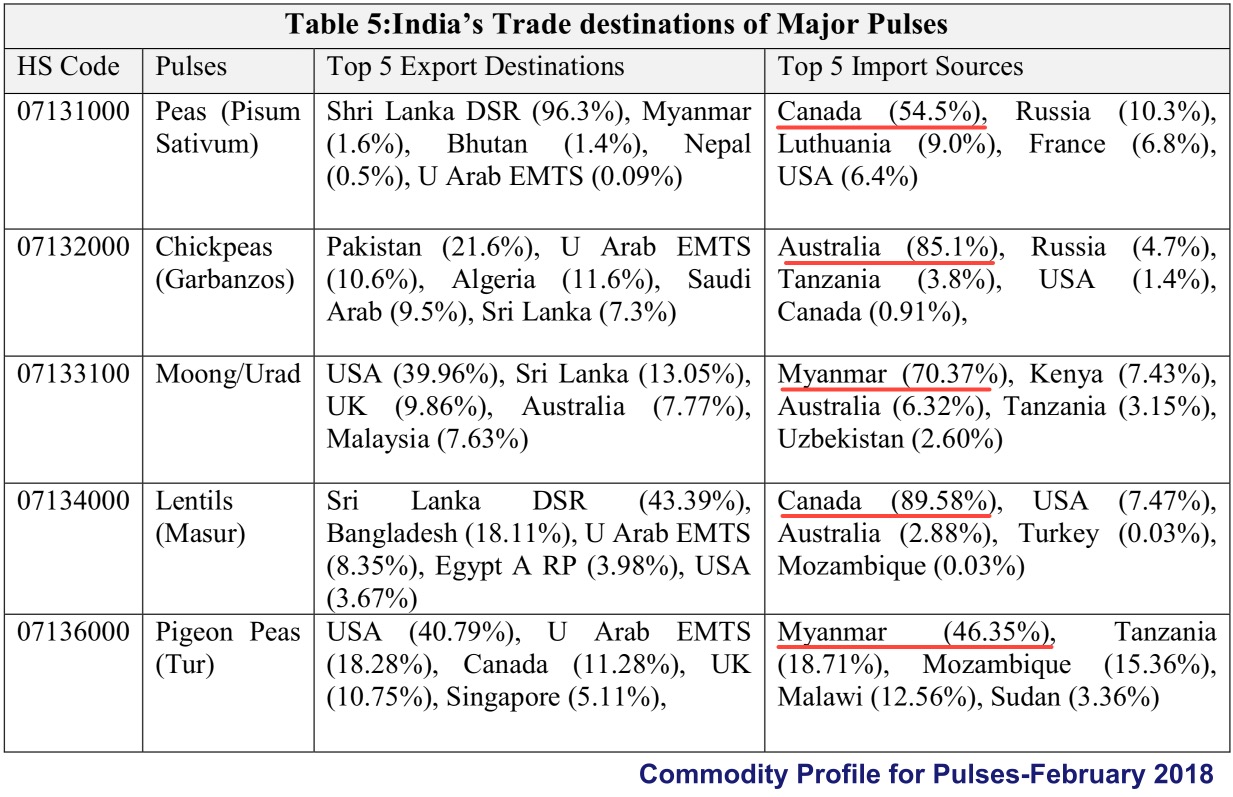
India, the largest consumer and producer of pulses, sadly cannot meet local demand any more. India’s agricultural lands are getting less productive as years go by, thanks to wrong agriculture polilcies.
This is the business end of the decades old and faulty decisions taken towards a much hyped “green revolution” where hybrid seeds and heavy chemical use in agriculture was introduced in the name of progress, based on fraudulent science. This started the steady and relentless degradation of the soil, loss of indigenous varieties and knowledge, and disappearing water table. There used to be a popular saying about computer systems and software – garbage in, garbage out. I believe this also applies in India’s blind adoption of western industrial scale agriculture models that are designed to sell more chemicals, instead of fine tuning locally developed, sustainable and time proven organic methods.
Although I have not seen the statistics, I have seen evidence of a rising tide of auto-immune diseases coupled with problems with the digestive system in India, from people eating these foods as well as those growing them. I suspect the mass poisoning has started, and would love to see detailed testing and data on this.
People of India absolutely needs to force their governments at all levels to start testign their seed based foods, especially those that are imported from Canada and Australia, and let the people know. They should also demand that the proof of safety of glyphosate in these foods be made available to the citizens and people be allowed to scrutinize them as well as conduct independent verification.
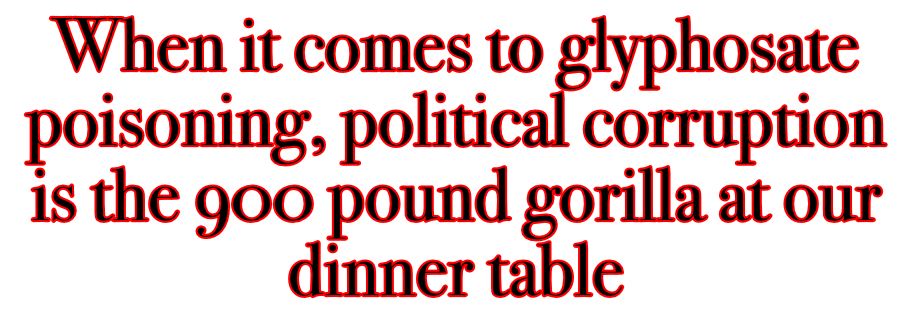
Below two tables show comparative contamination in lentils grown in Canada and in India, as tested by the Canadian food inspection agency and analyzed by me. Let us take just one item, red lentil, or masoor daal. Both Indian and Canadian samples indicate 100 percent of samples to be contaminated with glyphosate. This raises various questions such as are all masoor dal grown in India toxic, or is only the toxic variety being exported back to Canada where Indian restaurants might be importing desi masoor dal ?
Either way, the average contamination level is 160 ppb for Indian red lentils. For the Canadian counterpart, also 100 percent are contaminated. This is understandable, since Canada does not know how to grow organic lentils except for a handful of small farmers that do not produce much and did not get sampled and tested by CFIA. But the average level of contamination of the industrially grown masoor daal, which is the type that is exported to India in large quantity, has almost a thousand ppb of glyphosate, or six times as toxic as the Indian variety.
And India is buying this stuff in millions of tons, for the local population, without any disclosure or testing, and keeping the consumers in the dark.
Whose fault is it?

POISON FOODS OF NORTH AMERICA – Tony Mitra
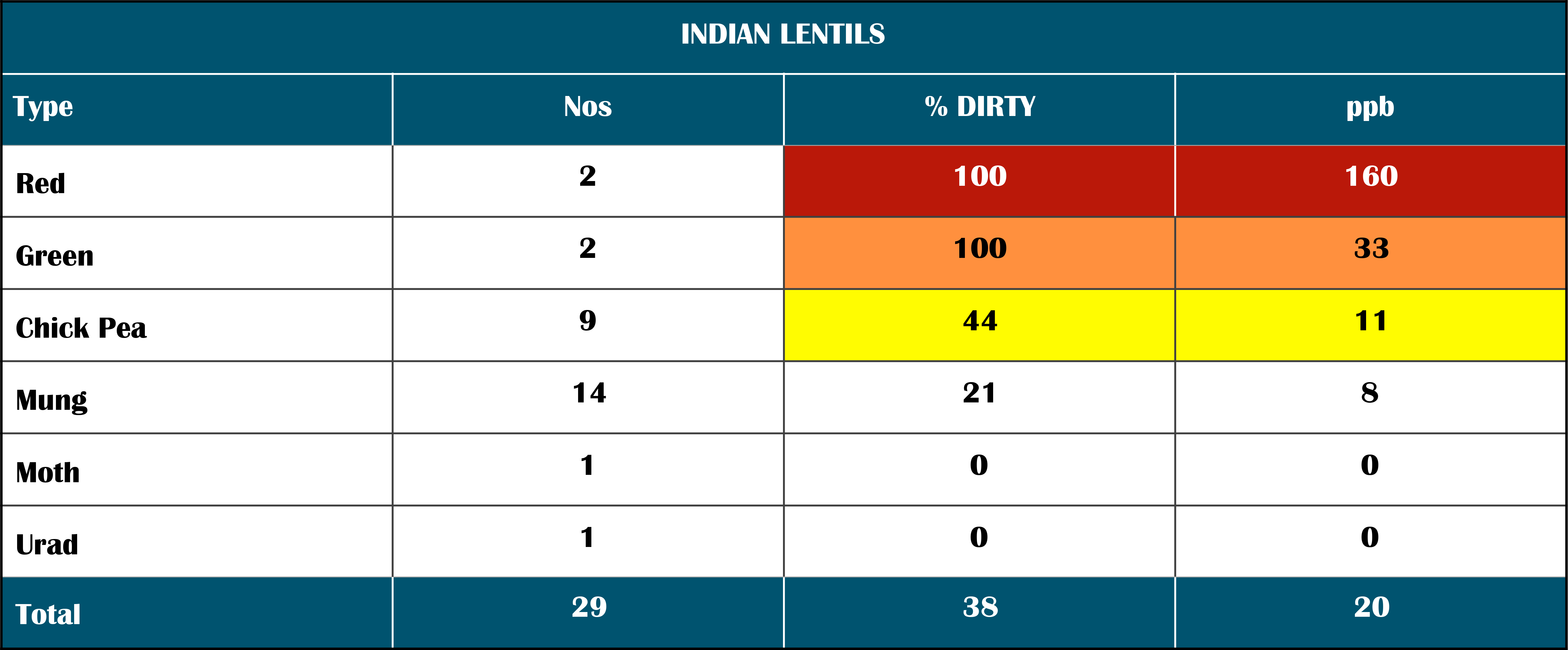
POISON FOODS OF NORTH AMERICA – Tony Mitra
Without disclosure of any proof of safety, approving this substance and feeding thus contaminated foods to the people may amount to eco-terrorism. The fault however lies at the feet of the people. In a functioning democracy, we cannot blame the government and its politicians. People deserve the government it gets. The buck stops at our feet. Want to know whose fault it is? Look no further than the nearest mirror.



